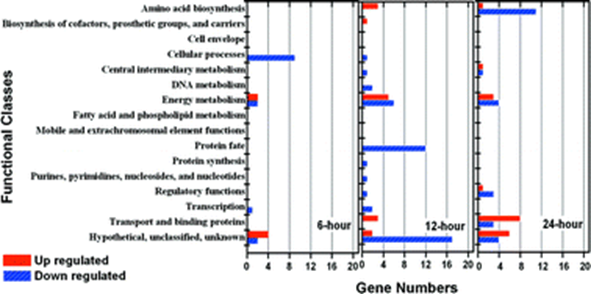Previous reports showed that Escherichia coli (E. coli) undergone an electrochemical activation process can catalyze glucose oxidation in microbial fuel cell (MFC) in the absence of extraneous mediators [T. Zhang, C.Z. Cui, S.L. Chen, X.P. Ai, H.X. Yang, P. Shen, Z.R. Peng, Chem. Commun. (2006) 2257; T. Zhang, Y.L. Zeng, S.L. Chen, X.P. Ai, H.X. Yang, Electrochem. Commun. 9 (2007) 349]. This paper investigates the electron transfer mechanism associated with the direct bioelectrocatalysis of electroactivated E. coli in MFC. It is shown that covering the electrode surface with a filter membrane with pore smaller than the size of E. coli cells hardly changes the fuel cell discharge behaviors and the voltammetric responses in the culture of electroactivated E. coli, indicating that the electron transfer between the electrode and E. coli cells is carried out by soluble compounds in the culture. The GC–MS results indicate that these compounds are excreted by E. coli in MFC, i.e., they are exploitable metabolites.
https://doi.org/10.1016/j.elecom.2007.12.009
